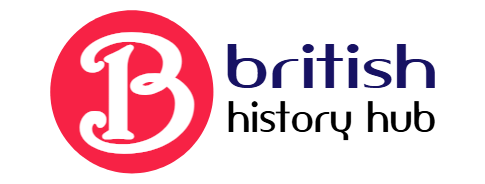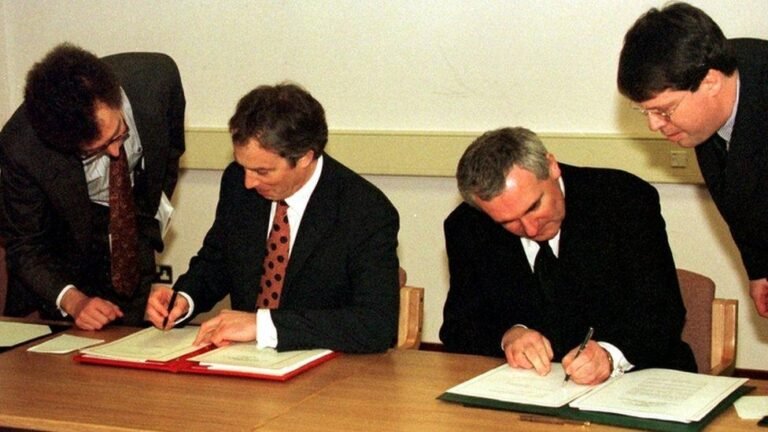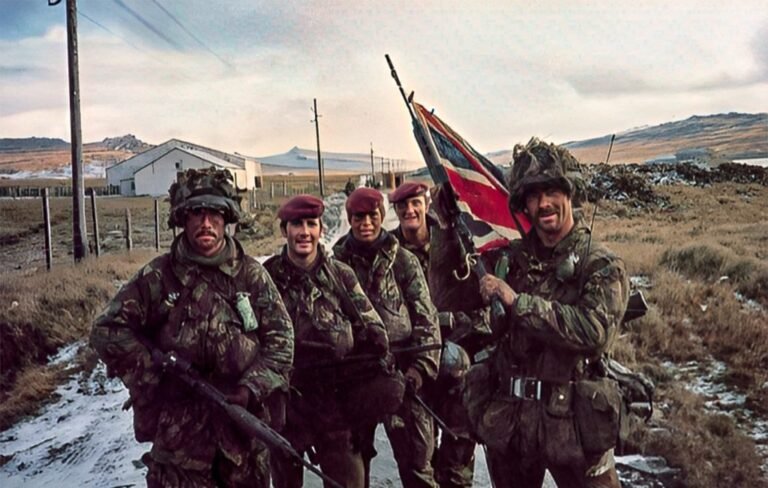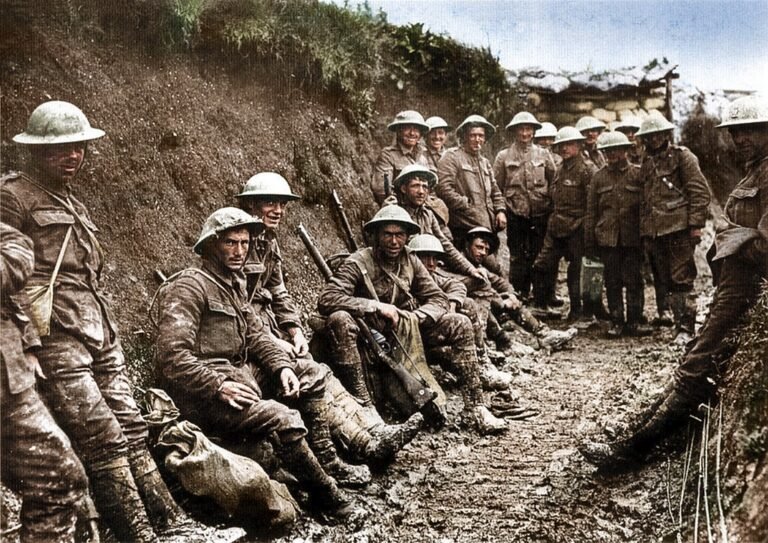The Battle of Waterloo changed history forever. It marked the end of Napoleon’s reign.
This epic clash happened on June 18, 1815, near Waterloo in Belgium. It involved many forces, including the British, led by the Duke of Wellington, and the Prussian army under Blücher. Napoleon fought fiercely but faced strong resistance. This battle is known for its intense strategies and dramatic turns.
The outcome reshaped Europe and affected future wars. Understanding this battle helps us learn about leadership, courage, and the consequences of ambition. Dive into the details of this historic day, and discover how it shaped the modern world.
Prelude To Battle
On the eve of the Battle of Waterloo, Europe held its breath. Tensions soared as Napoleon’s forces clashed with the Allied army. The world watched, anticipating a monumental showdown that would shape history.
The Battle of Waterloo, a turning point in European history, was a dramatic clash that shaped the future of the continent. Before the cannons roared and the cavalry charged, there was a tense period of preparation and anticipation known as the Prelude to Battle. This phase was crucial, as it set the stage for the strategies and outcomes that would define the conflict. Let’s dive into two pivotal aspects of this prelude: Napoleon’s audacious return and the strategic assembling of the Coalition Forces.
Napoleon’s Return
Napoleon Bonaparte’s return to power was nothing short of audacious. After his exile to Elba, many thought his reign was over. But in March 1815, he escaped and returned to France, reigniting his ambitions for dominance.
His journey back was a gamble. He marched with a small army, gaining support as he advanced. By the time he reached Paris, his forces had swelled, and he reclaimed his title as Emperor.
This bold move posed a direct challenge to the European powers. His return was not just a personal comeback; it was a call to arms. How would you react if someone you thought defeated suddenly reappeared, stronger than before?
Coalition Forces Assemble
The news of Napoleon’s return sent shockwaves across Europe. The Coalition Forces, a group of European nations, quickly mobilized to counter his threat. This alliance included Britain, Prussia, Austria, and Russia, among others.
Each nation had its reasons for opposing Napoleon. Some sought revenge, while others feared his influence. This unity was crucial. They needed to act swiftly to prevent Napoleon from consolidating power.
The Coalition’s assembly was a logistical feat. Troops, supplies, and strategies had to be coordinated across borders. Imagine the challenge of rallying different cultures and languages for a common cause. Would your team be ready for such a daunting task?
As the forces gathered, the stage was set for a monumental confrontation. The Prelude to Battle was not just about military might; it was a test of resolve and unity. Napoleon’s return and the Coalition’s response laid the groundwork for what would become one of history’s most famous battles.

Key Military Leaders
The Battle of Waterloo was a turning point in European history. Understanding the key military leaders provides insight into the strategies and outcomes. These leaders shaped the course of the battle and influenced future warfare. Their decisions and actions were crucial in the historic encounter.
Napoleon Bonaparte
Napoleon Bonaparte was a brilliant strategist and a charismatic leader. His ambition and vision set him apart. He aimed to restore his empire after escaping from Elba. Napoleon’s tactical prowess was legendary. He often surprised opponents with quick and decisive movements. Yet, at Waterloo, he faced challenges that tested his skills. His choice to delay the attack due to wet ground was critical. This decision gave his enemies time to prepare. Despite his genius, he could not overcome the allied forces.
Duke Of Wellington
The Duke of Wellington was a master of defensive warfare. He understood the terrain and used it to his advantage. Wellington was patient and waited for the right moment to strike. His leadership was calm and calculated. He coordinated with allied forces effectively. His strategies at Waterloo were well-planned. Wellington’s ability to maintain his troops’ morale was key. He held his ground until reinforcements arrived. His victory marked the end of Napoleon’s rule.
Gebhard Leberecht Von Blücher
Gebhard Leberecht von Blücher was a determined Prussian leader. His role at Waterloo was vital for the allied victory. Blücher was known for his aggressive approach. He was fearless and relentless in battle. His troops marched tirelessly to join Wellington. Blücher’s arrival turned the tide against Napoleon. His coordination with Wellington was a significant factor. Together, they overwhelmed the French forces. Blücher’s contribution was indispensable in defeating Napoleon.
Battlefield Strategies
The Battle of Waterloo was a pivotal event in history. Understanding the strategies used on the battlefield helps us grasp how the battle unfolded. This section explores the key tactics employed by Napoleon and the Allies, along with how terrain and weather influenced the outcome.
Napoleon’s Plan
Napoleon Bonaparte aimed to defeat the Allied forces quickly. He intended to strike before they could unite fully. His strategy focused on dividing the enemy. He planned to isolate and destroy each section of the Allied army. He believed this would lead to a swift victory.
Napoleon’s troops were well-trained. He deployed them in a way to maximize their strengths. He used rapid movements and surprise attacks. His goal was to overwhelm the enemy. He hoped his tactics would break their lines and morale.
Allied Tactics
The Allies, led by the Duke of Wellington, had their own strategies. They aimed to hold their positions until reinforcements arrived. The Prussian army, led by Blücher, was crucial to their plan. Wellington’s forces were disciplined. They used defensive formations to withstand the French attacks.
The Allies’ strategy involved delaying Napoleon. They knew that time was on their side. By holding their ground, they could wait for the Prussian troops. This would allow them to outnumber and outflank the French army.
Terrain And Weather
The terrain at Waterloo played a significant role. The battlefield had rolling hills and muddy fields. These features affected both armies. The French had to advance uphill. This slowed their attacks. The Allies used the high ground to their advantage. It provided better defensive positions.
Weather conditions also impacted the battle. It rained heavily the night before. The wet ground made it difficult for cavalry and artillery. Movement was slower and more exhausting. Both sides had to adapt their strategies to these challenges.
Major Engagements
The Battle of Waterloo marked a pivotal moment in European history. This battle consisted of several major engagements that shaped its outcome. These engagements tested the might and strategies of the involved forces.
The Battle Of Quatre Bras
The Battle of Quatre Bras took place on June 16, 1815. Here, the French army faced the Allied forces led by the Duke of Wellington. The French aimed to split the allied forces. The Allies fought fiercely to hold their ground. Both sides suffered heavy casualties. The battle ended without a clear victor. Yet, it delayed the French advance towards Waterloo.
The Battle Of Ligny
On the same day, the Battle of Ligny unfolded. This battle saw Napoleon’s forces clash with the Prussians. Napoleon aimed to weaken the Prussian army. He hoped this would prevent them from aiding the Allies. Despite fierce fighting, the French emerged victorious. The Prussians retreated but not in disarray. They regrouped, preparing to support Wellington later.
The Battle Of Waterloo
The Battle of Waterloo occurred on June 18, 1815. This was the decisive engagement of the campaign. Napoleon’s forces met Wellington’s army on the battlefield. The Prussians arrived to support Wellington in the afternoon. The French struggled against the combined Allied forces. By evening, Napoleon’s army was defeated. This defeat ended Napoleon’s rule and reshaped Europe.
Critical Moments
The Battle of Waterloo was a turning point in history. Critical moments shaped the outcome of this fierce confrontation. Each phase of the battle had significant events. Below, we delve into key episodes that defined this epic clash.
The Charge Of The French Cavalry
The French cavalry charged with immense force. Led by Marshal Ney, their assault was relentless. Waves of horsemen thundered across the battlefield. The British squares stood firm. The disciplined infantry held their ground. The cavalry charge failed to break the lines. Courage and strategy ruled the day.
Prussian Reinforcements
Prussian troops arrived at a crucial time. Their presence shifted the balance. Exhausted French forces faced fresh opposition. Blücher’s army joined the battle with vigor. Their intervention was decisive. Their arrival bolstered the Allied strength. The Prussian reinforcements were pivotal in halting Napoleon’s advance.
The Final Assault
The final assault was intense and chaotic. French forces launched a desperate attack. Napoleon sought victory in one last push. The Allied forces stood resilient. Wellington’s leadership inspired steadfast defense. The French attack faltered under pressure. The final assault sealed the fate of Napoleon’s ambitions.

Credit: www.britannica.com
Aftermath And Consequences
The Battle of Waterloo marked the end of Napoleon’s reign. This led to a shift in European power dynamics. The aftermath saw significant political and social changes across the continent.
The Battle of Waterloo was a turning point in European history, marking the end of Napoleon Bonaparte’s rule and reshaping the continent’s political landscape. The aftermath and consequences of this decisive conflict had far-reaching effects, influencing everything from military tactics to international relations. As you dive into this fascinating period, consider how the events of Waterloo continue to echo through time, shaping the world we know today.
Casualties And Losses
The Battle of Waterloo was brutal, with significant casualties on both sides. Over 50,000 soldiers were either killed, wounded, or missing by the end of the day. The loss of life was staggering, leaving families and nations grieving.
The high number of casualties had a lasting impact on military strategies and tactics. It prompted a reevaluation of how battles were fought, with an increased focus on minimizing human losses. How do you think these lessons learned have influenced modern warfare?
Napoleon’s Exile
After his defeat at Waterloo, Napoleon was forced into exile on the remote island of Saint Helena. This marked the end of his influence in Europe, as he spent the rest of his days under constant surveillance.
Napoleon’s exile was a dramatic fall from power for a man who once dominated the continent. It serves as a poignant reminder of how quickly fortunes can change, even for the most powerful leaders. Would you have expected such a fate for someone as formidable as Napoleon?
Political Repercussions
The battle’s outcome altered the balance of power in Europe. The Congress of Vienna sought to establish a lasting peace by redrawing borders and forming alliances. This reshaping of Europe aimed to prevent the rise of another leader like Napoleon.
These political changes laid the groundwork for a century of relative peace, known as the Concert of Europe. However, it also sowed the seeds of future conflicts, as nationalistic tensions simmered beneath the surface. Can you see parallels in today’s geopolitical landscape?
The Battle of Waterloo and its aftermath offer valuable insights into the complexities of power and the lasting impact of conflict. As you reflect on this history, consider how the lessons of Waterloo can inform your understanding of today’s world.
Legacy And Impact
The Battle of Waterloo left a lasting legacy that shaped history. This pivotal event in 1815 marked the end of the Napoleonic Wars. It altered the course of European politics and warfare. Its impact is still felt today in various aspects of culture and society.
Changes In Warfare
The battle introduced new military tactics and strategies. Soldiers fought in tighter formations. The use of artillery became more prominent. Commanders learned the importance of logistics. The coordination between infantry and cavalry was refined. Waterloo set a precedent for future battles.
European Political Landscape
The defeat of Napoleon led to a shift in power. France’s influence diminished significantly. The Congress of Vienna redrew Europe’s borders. Monarchies regained control, stabilizing the continent. The United Kingdom emerged as a dominant force. This reshaping affected alliances and conflicts for decades.
Cultural References
Waterloo inspired countless works of art and literature. It appears in novels, paintings, and films. The battle symbolizes courage and strategy. It also illustrates the tragic fall of a leader. People continue to study and discuss its significance. Its legacy is evident in various cultural mediums.
Historical Analysis
The Battle of Waterloo, fought on June 18, 1815, marks a turning point in European history. This decisive clash, where Napoleon Bonaparte faced off against the Duke of Wellington, has been scrutinized for centuries. Historical analysis of this battle offers insights into military strategy, leadership dynamics, and the impact of unforeseen events. Let’s dive into different perspectives and accounts to uncover the truth behind this monumental event.
Historians’ Perspectives
Historians have long debated the reasons behind Napoleon’s defeat at Waterloo. Some argue that his overconfidence led to strategic errors. Others highlight the resilience and tactical brilliance of Wellington’s forces.
What do you think could have been the pivotal moment in the battle? Consider how historians piece together facts from various sources to form their narratives.
When reading history, you might notice biases based on the historian’s background. Understanding these biases can change your view of historical events.
Contemporary Accounts
Contemporary accounts of Waterloo provide vivid descriptions of the chaos and heroism on the battlefield. Soldiers’ diaries and letters reveal personal struggles and triumphs.
Imagine being a soldier writing home about the horrors and glory of war. These firsthand reports bring us closer to the emotions and reality of those involved.
How might your perception of the battle change after reading such personal stories? These accounts add depth and humanity to our understanding of history.
Reevaluations And Debates
Recent reevaluations question earlier conclusions about Waterloo. Some scholars argue that logistical issues plagued Napoleon’s army, contributing significantly to the defeat.
Debates often arise over the accuracy of historical accounts. With new evidence, historians may reinterpret events, offering fresh perspectives.
Consider how technology and new research methods can uncover details previously missed. What does this mean for our understanding of history? Your curiosity might lead you to question established narratives.
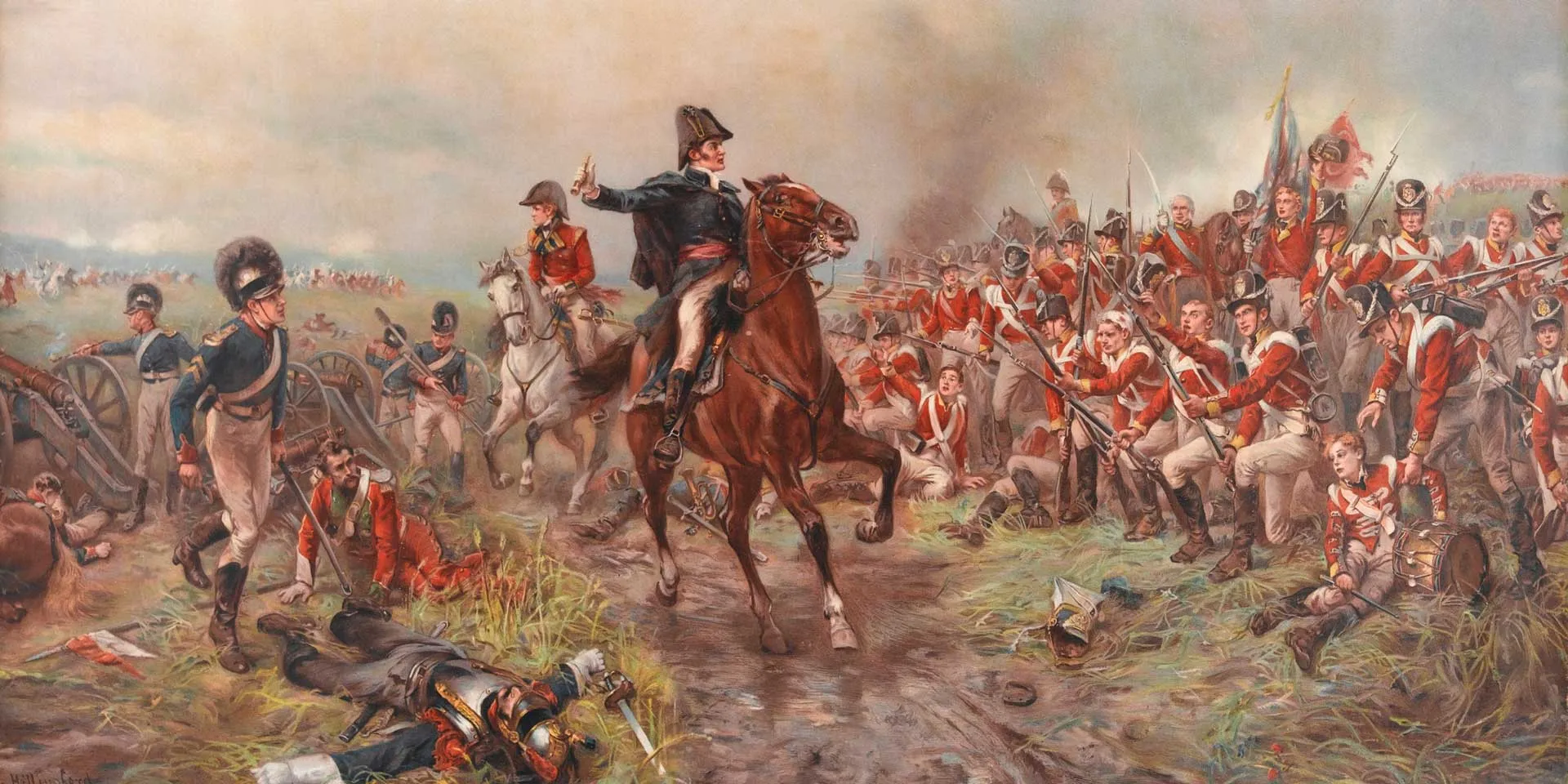
Credit: www.nam.ac.uk
FAQs
What Happened In The Battle Of Waterloo?
The Battle of Waterloo occurred on June 18, 1815. Napoleon Bonaparte’s French forces were defeated by the Duke of Wellington’s allied army and Prussian troops. This battle marked the end of Napoleon’s rule and led to his exile to Saint Helena.
It was a decisive and historic European conflict.
Who Actually Won The Battle Of Waterloo?
The Battle of Waterloo was won by the Duke of Wellington, leading the British-led coalition, and Gebhard Leberecht von Blücher, commanding the Prussian army. They defeated Napoleon Bonaparte’s French forces on June 18, 1815, marking the end of the Napoleonic Wars.
Why Did Napoleon Lose The Battle Of Waterloo?
Napoleon lost the Battle of Waterloo due to strategic errors, underestimated opponents, and the timely arrival of Prussian forces.
How Did Britain Defeat Napoleon?
Britain defeated Napoleon through strategic alliances, superior naval power, and financial strength. The decisive Battle of Waterloo in 1815, where the British forces led by the Duke of Wellington combined with Prussian troops, marked Napoleon’s final defeat. Britain’s control of the seas and effective coalition-building were crucial to their victory.
Conclusion
The Battle of Waterloo marked a crucial turning point in history. It ended Napoleon’s rule and reshaped Europe. Soldiers showed immense bravery on both sides. The conflict left a lasting impact on military strategies. Studying this battle helps understand past wars better.
Lessons from Waterloo still influence today’s tactics. Remembering these events honors those who fought. The battle teaches us the importance of strategy and courage. Reflecting on history, we gain valuable insights. The legacy of Waterloo remains significant even today.
